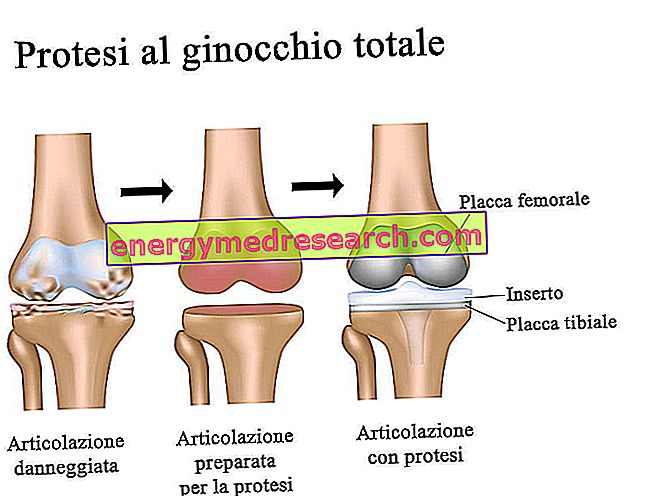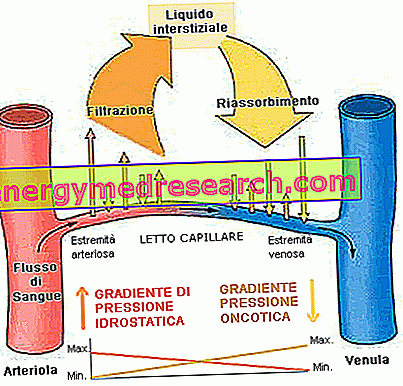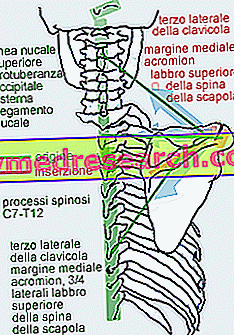
The knee is one of the main joints of the human body .
In fact, situated between the distal portion of the femur (superiorly) and the proximal portion of the tibia (inferiorly), it allows the movement of the legs (together with the hip) and absorbs most of the weight exercised by the trunk.
Like any joint, the knee is also made up of ligaments, tendons and cartilage, each of which has an indispensable function.
When a knee undergoes severe deterioration (for example, due to osteoarthritis, rheumatoid arthritis, haemophilia, etc.), conditions may exist to implant a prosthesis in its place.
The implantation of a modern knee prosthesis consists in applying artificial elements between the tibia and the femur, able to replace the original articulation and alleviate the problems generated by serious damage.
The current total-type knee prostheses consist of four parts : a curved metal plate to be fixed to the distal region of the femur, a flat metal plate to be fixed to the proximal region of the tibia, an insert (or spacer element) in polyethylene to be placed between the two plates and, finally, an artificial kneecap in polyethylene.
For fixing the metal plates to the aforementioned bony portions, there are two different strategies: one involves the use of a glue ( cemented knee prosthesis), while the other uses the process of bone regrowth (cementless knee prosthesis).
CEMENTED KNEE PROSTHESIS
During implantation of a cemented knee prosthesis, the surgeon uses a quick-acting "cement" based on polymethyl methacrylate .The big disadvantage of cemented prostheses is that they are very difficult to remove, so any removal and replacement (due to wear, for example) is very difficult.
KNEE PROSTHESIS NOT CEMENTED
Uncemented knee implants have plaques with a shape and materials capable of promoting bone growth around them. In fact, it is necessary to remind the reader that, to implant the various parts of the prosthesis, the surgeon removes portions of the femur and tibia.The big disadvantage of non-cemented prostheses is the fact that complete fixation takes place after a long time, as bone reformation is a slow and gradual process.
HYBRID KNEE PROSTHESIS
In addition to the two previous prosthetic models, surgeons and medical engineers have also developed hybrid prostheses, in which:- The tibial plate is cemented e
- The femoral plaque is of the uncemented type



